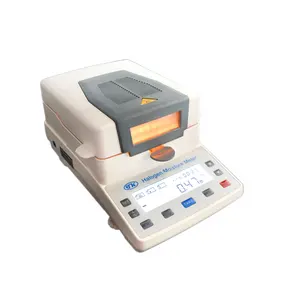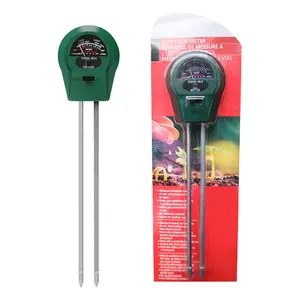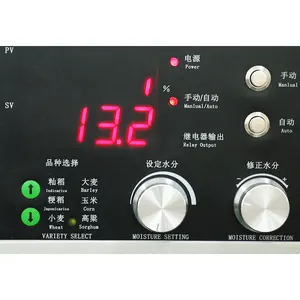Infrared Moisture Meter: An Essential Tool for Accurate Moisture Analysis
The infrared moisture meter stands as a pivotal instrument in gauging moisture content across various materials. This sophisticated device employs infrared technology to detect moisture without direct contact, making it an indispensable tool for industries that require precise humidity readings. Its application spans from construction sites to production lines, ensuring materials like wood, paper, and concrete maintain their integrity by monitoring their moisture levels.
Understanding the Types and Applications
Different types of infrared moisture meters, such as the FLIR MR176 imaging moisture meter and the FLIR MR160 thermal imaging moisture meter, offer a range of functionalities tailored to specific needs. The thermal imaging moisture meter is particularly adept at identifying moisture behind walls or under surfaces, a feature crucial for mold detection and prevention. Meanwhile, the infrared moisture analyser is commonly used in laboratory settings for its precision in moisture content determination.
Features and Materials: Ensuring Durability and Efficiency
The construction of an infrared moisture detector involves robust materials that withstand the rigors of both field and lab environments. The integration of an infrared moisture sensor within these devices allows for non-invasive measurement, preserving the sample's structure while providing accurate data. Additionally, advancements in thermal camera moisture detection have led to more compact and user-friendly designs, enhancing the user experience without compromising on reliability.
Advantages of Infrared Technology in Moisture Meters
Infrared technology, such as that found in the FLIR MR160 review, offers several advantages over traditional moisture detection methods. The non-contact approach minimizes the risk of contaminating or damaging the material being tested. Furthermore, the thermal imaging for moisture detection allows for a broader inspection area, facilitating quicker assessments and aiding in comprehensive moisture mapping.
Choosing the Right Infrared Moisture Meter
Selecting the appropriate infrared moisture meter is crucial for obtaining reliable results. Factors to consider include the material types, the environment in which the meter will be used, and the specific features required for the task at hand. Devices like the FLIR MR176 how to use guide provide straightforward instructions, ensuring that users can maximize the potential of their moisture meter with ease.
Conclusion: The Role of Infrared Moisture Meters in Quality Control
In conclusion, the infrared moisture meter is a vital component in quality control processes across various industries. Its ability to swiftly and accurately detect moisture content helps maintain the structural integrity of materials and prevents potential issues related to excess moisture. With a range of models available, professionals can find the right meter to suit their specific requirements, ensuring that their projects and products adhere to the highest standards of quality.






























 浙公网安备 33010002000092号
浙公网安备 33010002000092号 浙B2-20120091-4
浙B2-20120091-4